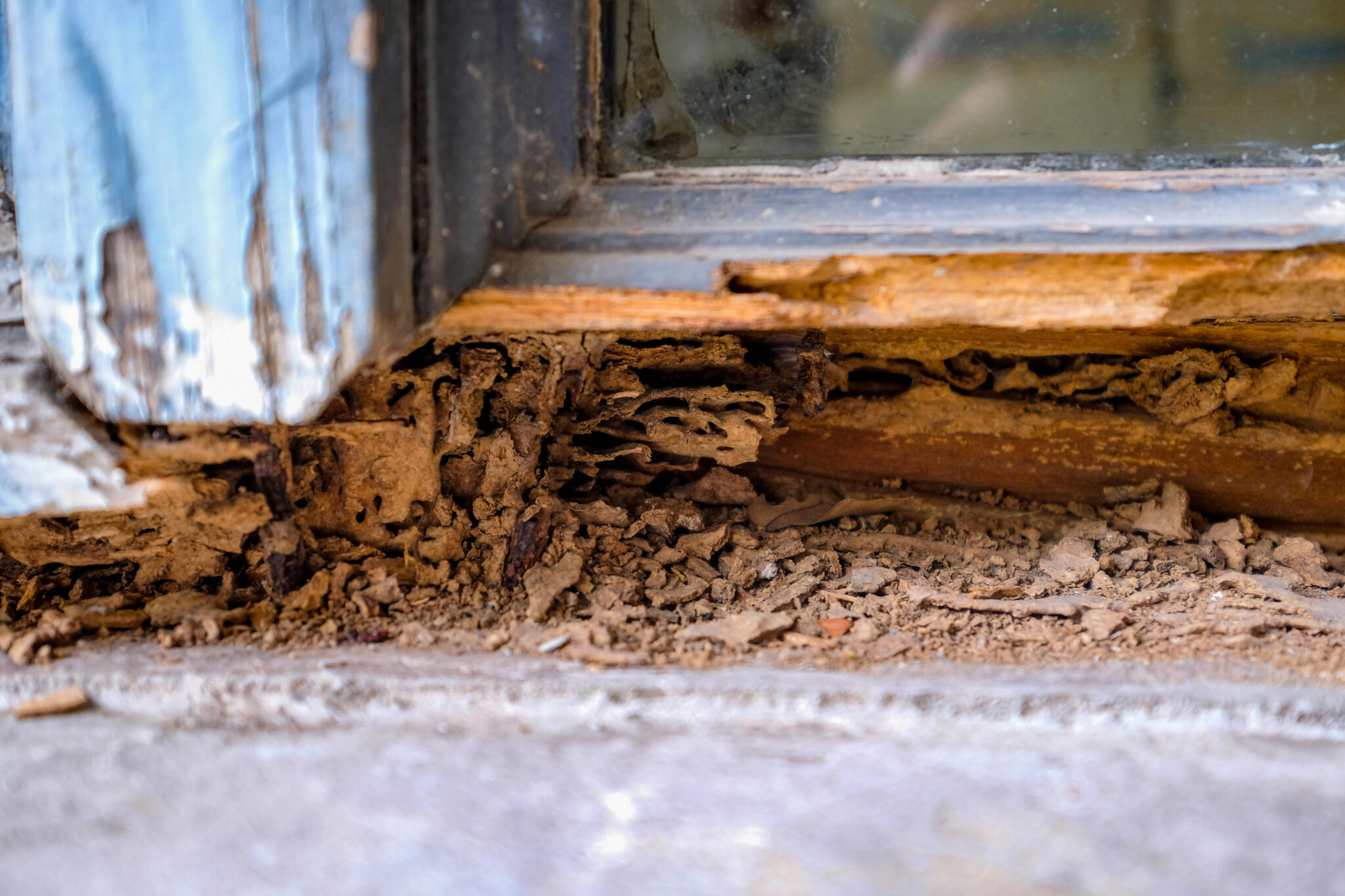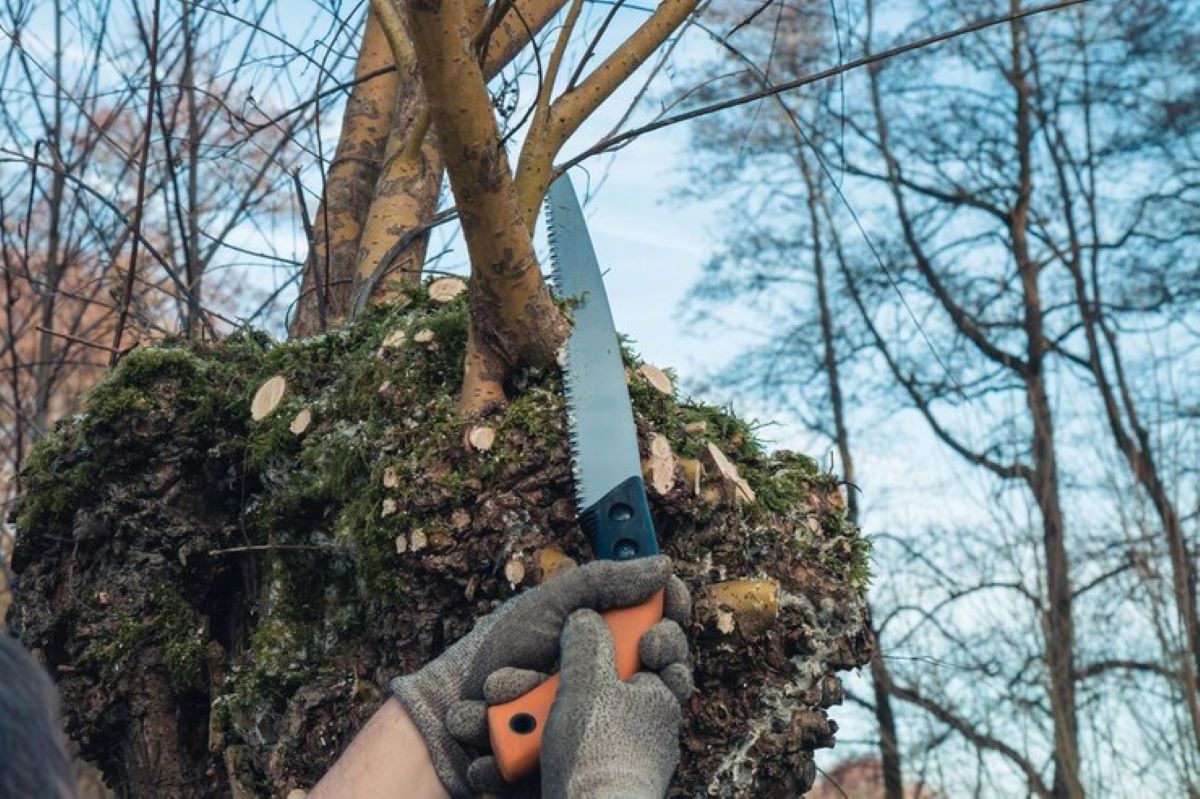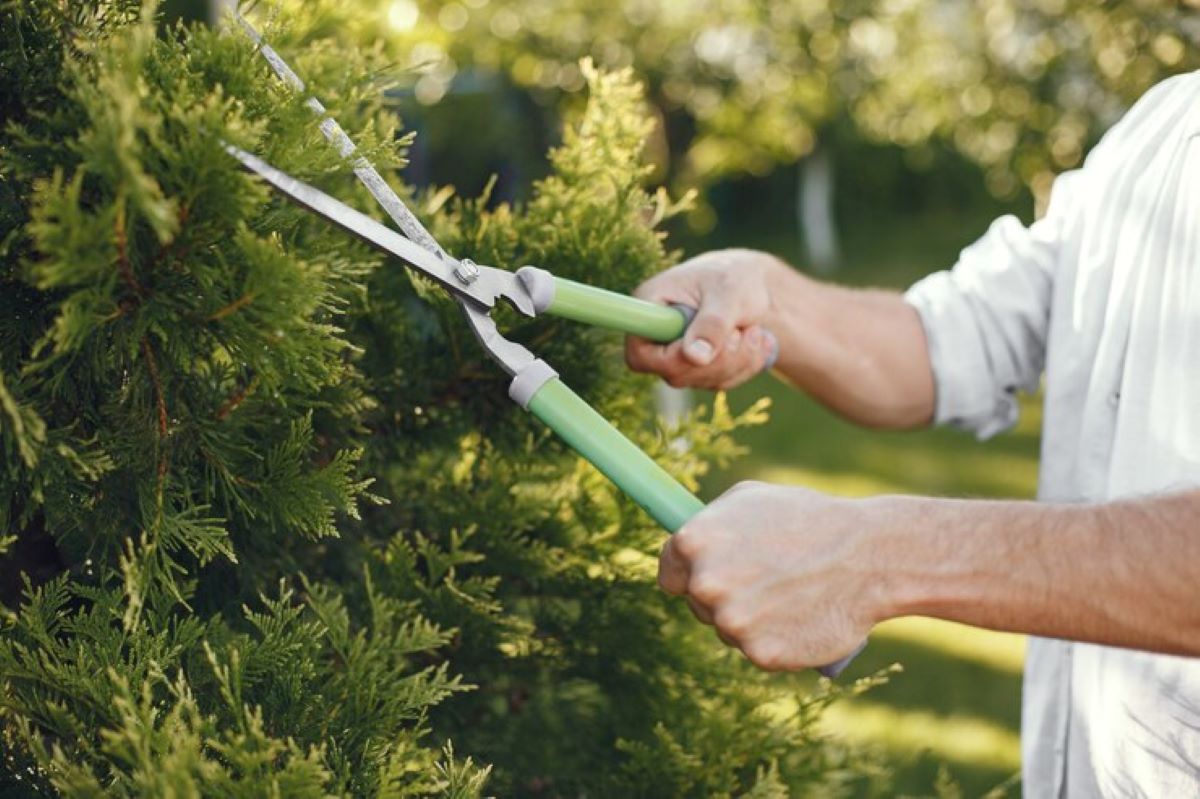What Are the Common Termite Threats in Sydney and Why Is Termite Protection Important for Homeowners?
Sydney faces significant termite activity year-round, with subterranean species like Coptotermes and Schedorhinotermes causing the most destruction to residential properties. These silent invaders consume timber structures from the inside out, often remaining undetected until severe damage occurs.
The warm, humid climate creates ideal breeding conditions for termite colonies. Sydney’s coastal environment and regular rainfall patterns provide the moisture termites need to thrive. Properties built on or near bushland face elevated risk, though urban homes remain equally vulnerable making termite protection sydney necessary.
Financial protection stands as the primary reason to invest in termite barriers. Termite damage typically isn’t covered by standard home insurance policies, leaving homeowners to bear repair costs that can reach tens of thousands of pounds. A single colony can consume approximately 13 pounds of timber weekly, compromising structural integrity within months.
The importance of termite protection extends beyond immediate financial concerns:
- Structural safety: Weakened support beams and floor joists pose genuine safety hazards
- Property value: Termite history significantly impacts resale value and buyer confidence
- Peace of mind: Professional barriers provide documented protection for mortgage and insurance purposes
Early intervention costs substantially less than remediation after an infestation establishes itself. Chemical barriers offer proven defence against these persistent pests, making them essential for Sydney homeowners seeking long-term property protection.
What Is a Chemical Barrier for Termite Protection and How Does It Work?
A chemical termite barrier creates an invisible treatment zone in the soil surrounding your property that termites cannot detect or safely cross. This termite control method involves applying liquid termiticides to the ground at specific depths and intervals around foundations, under concrete slabs, and along potential entry points. The barrier acts as a continuous shield that intercepts termites before they reach structural timber.
Active Ingredients in Modern Chemical Barriers
Professional termite treatments in Sydney rely on three primary termiticides:
- Fipronil – A slow-acting chemical that allows termites to carry the toxin back to their colony, eventually eliminating the entire nest
- Imidacloprid – Works on the termite nervous system, causing paralysis and death whilst remaining undetectable to the insects
- Bifenthrin – Provides both repellent and lethal properties, creating a dual-action defence system
These chemicals have received approval from Australian regulatory authorities and pose minimal risk to humans and pets when applied correctly by licensed technicians.
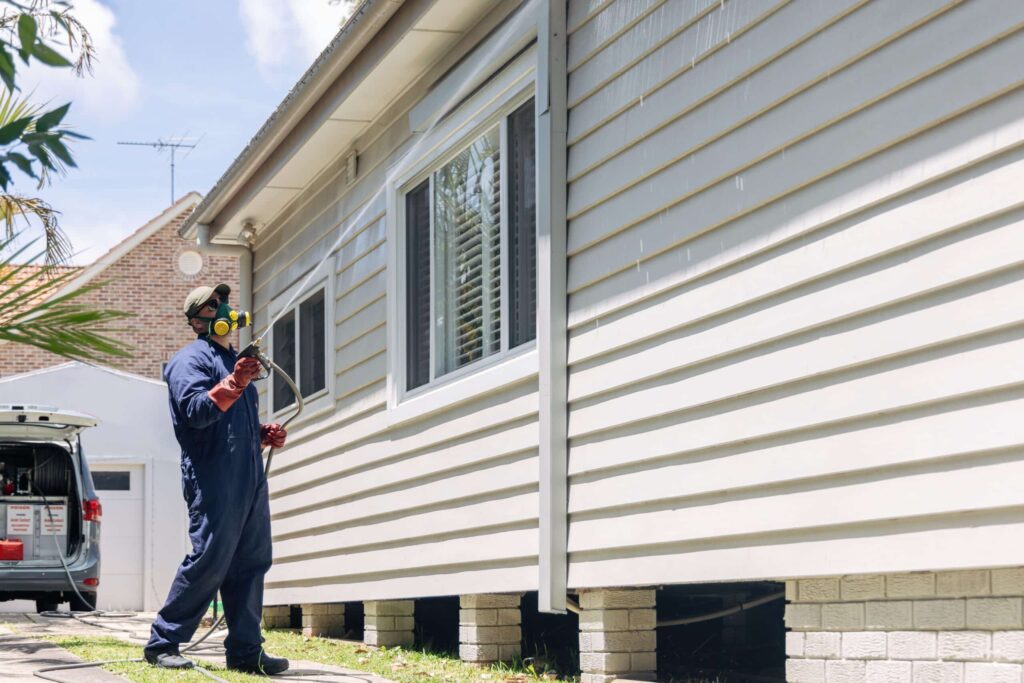
The Dual-Action Protection Mechanism
Chemical barriers function through two complementary processes. Termites attempting to tunnel through treated soil absorb the termiticide through their exoskeletons. The affected workers then return to the colony, where they spread the chemical through grooming and feeding behaviours—a process known as the transfer effect.
The repellent properties of certain termiticides also discourage termites from approaching treated areas entirely. When termites encounter the chemical zone, they instinctively avoid it and seek alternative routes. This combination of lethal action and deterrent effect provides comprehensive protection that addresses both active infestations and prevents future attacks. The treatment remains active in the soil for several years, continuously defending your property against subterranean termite species common throughout Sydney.
How Long Can You Expect a Chemical Barrier to Last in Sydney?
A properly installed chemical barrier typically provides protection for 5 to 10 years in Sydney conditions. This chemical barrier lifespan represents the period during which the termiticide remains effective at preventing termite entry and eliminating colonies that attempt to breach your property’s perimeter.
The duration of termite treatment varies significantly based on the specific product used. Fipronil-based treatments often reach the upper end of this range, maintaining efficacy for 8 to 10 years under optimal conditions. Bifenthrin and Imidacloprid formulations generally offer reliable protection for 5 to 8 years, though newer formulations continue to improve these timeframes.
What Determines How Long Your Barrier Remains Effective?
Several factors influence how long your chemical barrier will remain effective:
- Soil composition: Sandy soils with high drainage rates can cause faster chemical breakdown and migration, potentially reducing effectiveness to the lower end of the expected range. Clay-rich soils retain chemicals more effectively, extending protection periods.
- Moisture levels: The variable climate in Sydney directly impacts chemical degradation. Areas experiencing heavy rainfall or poor drainage accelerate chemical breakdown, while constant soil saturation dilutes termiticide concentrations. Seasonal flooding may require more frequent monitoring.
- Application quality: The quality of the application determines both initial effectiveness and long-term performance. Professional installation ensures proper chemical concentration, complete coverage around vulnerable entry points, and adequate penetration depth. Substandard applications may fail within 3 to 4 years regardless of product quality.
- Chemical formulation: The stability and persistence of the termiticide are influenced by its formulation. Modern non-repellent termiticides like Fipronil demonstrate superior longevity compared to older repellent formulations. The molecular structure and binding properties of each termiticide affect how well it adheres to soil particles and resists environmental degradation.
Additionally, it’s important to consider that some chemical treatments may have longer-lasting effects due to their advanced formulations and application techniques.
What Factors Should You Consider That Affect the Longevity of Chemical Barriers?
Soil composition and drainage patterns directly determine how quickly termiticides break down. Sandy soils with high permeability allow chemicals to disperse more rapidly, potentially reducing barrier effectiveness to the lower end of the 5-year mark. Clay-rich soils retain chemicals longer but can create uneven distribution during initial application.
Soil Type and Moisture Impact
Different soil characteristics create varying environments for chemical stability:
- Sandy soils drain quickly, washing away termiticides faster and requiring more frequent reapplication
- Clay soils hold moisture longer, which can accelerate chemical degradation through hydrolysis
- Loamy soils provide balanced conditions, typically supporting the full 8-10 year lifespan
Moisture levels play a critical role in factors affecting chemical barrier life. Areas with poor drainage or frequent flooding expose termiticides to constant water movement, breaking down molecular bonds faster. Properties near water features or with high water tables face accelerated degradation.
Maintenance and Inspection Requirements
Regular professional inspections identify weak points before termites breach the barrier. Annual checks allow technicians to:
- Test soil samples for chemical concentration levels
- Identify areas where the barrier may have thinned
- Detect early signs of termite activity around the perimeter
- Recommend targeted reapplication in compromised zones
Application quality significantly influences longevity. Uneven distribution during installation creates gaps that termites exploit. Professional installers ensure consistent chemical concentration throughout the treatment zone, maximising the barrier’s protective lifespan.
Landscaping changes affect barrier integrity. Adding garden beds, installing irrigation systems, or excavating near the foundation can disrupt the chemical zone. Homeowners should inform pest control professionals about any planned modifications to assess whether barrier reinforcement is necessary.
How Often Should You Inspect and Reapply Chemical Barriers for Effective Termite Protection?
Annual inspections represent the minimum standard for termite barrier inspection frequency in Sydney properties. Professional pest controllers recommend scheduling these checks at least once every 12 months, though properties in high-risk areas or those with previous termite activity may benefit from bi-annual assessments.
The inspection schedule should align with your barrier’s age and local conditions. Properties with barriers approaching the 5-year mark require more frequent monitoring, as chemical degradation accelerates during this period. Licensed technicians use specialised equipment to test soil samples and verify the chemical concentration remains at protective levels.
Warning Signs That Indicate Reapplication Is Needed
Several indicators suggest your chemical treatment maintenance requires immediate attention:
- Visible termite activity near the treated zone or inside the property
- Mud tubes appearing on foundation walls or exterior surfaces
- Hollow-sounding timber when tapped, particularly in structural elements
- Discarded wings near windows, doors, or light fixtures
- Sagging floors or doors that stick without apparent cause
Detection devices installed during barrier application can reveal breaches before visible damage occurs. These monitoring stations alert homeowners to termite presence, allowing swift intervention before colonies establish themselves.
Reapplication Timing and Methods
Most Sydney properties require barrier reapplication between years 5 and 8, depending on the termiticide used and environmental factors. Fipronil-based treatments often last towards the upper end of this range, whilst other formulations may need earlier renewal.
Partial reapplication targets specific areas showing reduced chemical concentration rather than treating the entire perimeter. This approach reduces costs whilst maintaining comprehensive protection. Soil testing during routine inspections determines whether spot treatments suffice or full reapplication becomes necessary.
What Are the Advantages of Using Chemical Barriers Compared to Physical Barriers for Termite Protection?
Chemical barriers deliver immediate protection from the moment of application, while physical barriers require termites to encounter the material before detection occurs. This speed advantage makes chemical treatments particularly valuable for properties facing active termite pressure or those in high-risk areas across Sydney.
Cost considerations favour chemical solutions in most residential scenarios. Installation expenses typically run 30-40% lower than physical barrier systems, making them accessible for homeowners working within tighter budgets. The application process requires less labour intensity and minimal structural modifications, translating to reduced upfront investment.
Pre-Construction and Post-Construction Flexibility
Chemical barriers adapt seamlessly to both building phases. During pre-construction, technicians apply termiticides directly to soil before concrete slabs are poured, creating comprehensive protection from ground level. This timing allows for thorough coverage without navigating existing structures.
Post-construction applications remain viable with chemical treatments, though they demand more precision. Technicians drill into concrete slabs or excavate trenches around foundations to inject termiticides into the soil. While this approach involves some disruption, it proves far less invasive than retrofitting physical barriers, which would require extensive excavation and potential structural alterations.
Comparing Chemical vs Physical Termite Barriers
The choice between chemical and physical methods often depends on specific factors related to the property:
- Chemical barriers provide 5-10 years of protection with proper maintenance
- Physical barriers can last 20+ years but lack the immediate elimination effect
- Chemical treatments kill termites on contact and impact entire colonies
- Physical systems focus on exclusion and early detection rather than elimination
Chemical barriers excel in situations requiring rapid deployment and budget-conscious solutions. Their ability to treat both new constructions and established properties without major renovations makes them Sydney’s most popular termite defence option.
When Is Post-Construction Chemical Treatment Necessary and What Are Its Challenges?
Does your existing home need chemical barrier protection after it’s already built? Post-construction termite treatment Sydney becomes necessary when properties lack initial termite protection or when existing barriers have expired. Homeowners typically require this service after purchasing older homes without adequate defences, following termite discoveries during inspections, or when renovation work compromises existing protection systems.
What makes post-construction applications more complex than pre-construction treatments? The installation process involves drilling through concrete slabs, pathways, and driveways to inject termiticide into the soil beneath. Technicians must create access points at regular intervals around the property’s perimeter, which temporarily disrupts outdoor living spaces and landscaping.
Key Challenges of Post-Construction Treatment
Physical disruption affects multiple areas of your property:
- Drilling through concrete surfaces creates noise and dust
- Garden beds and paving may require temporary removal
- Indoor treatments need drilling through floor tiles or timber flooring
- Furniture and belongings must be moved away from affected walls
Cost implications exceed pre-construction pricing due to:
- Additional labour for drilling and access creation
- Repair work for drilled surfaces and landscaping
- Potential need for multiple treatment zones in complex layouts
- Higher chemical volumes required for established structures
The lifespan of a chemical barrier, whether installed before or after construction, remains unchanged—typically 5 to 10 years according to bettertermite.com. The application method does not impact the barrier’s longevity; however, post-construction treatments demand meticulous attention to detail to ensure complete coverage around all potential entry points. Properties with extensions, retaining walls, or complex drainage systems pose additional access challenges that qualified technicians must navigate to establish continuous protection zones.
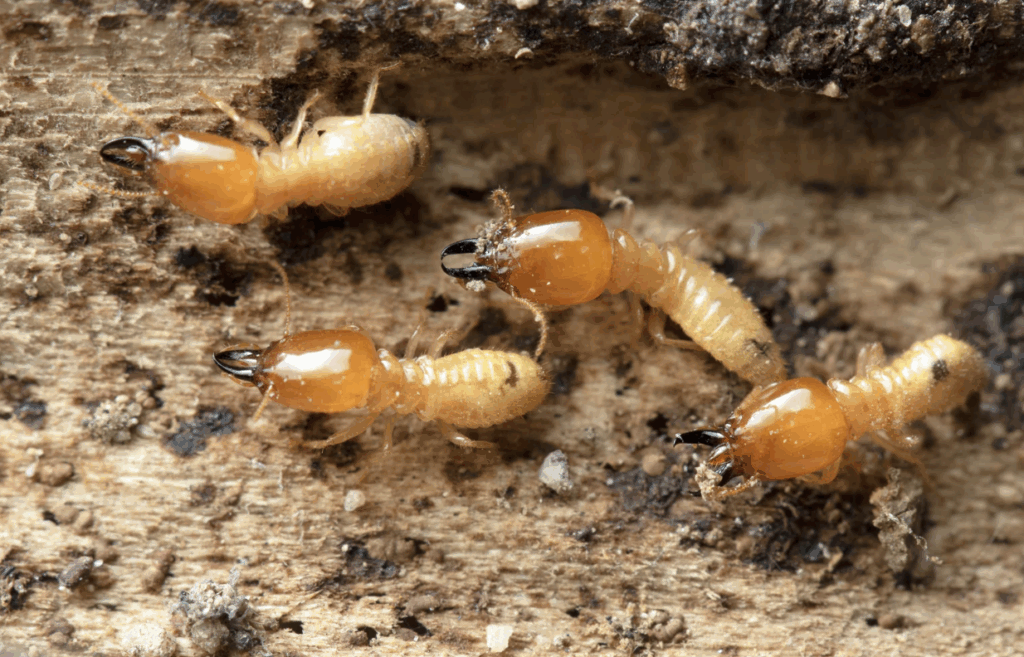
Why Is Expert Installation Crucial for Effective Termite Protection with Chemical Barriers?
Can incorrect installation compromise your entire termite protection system? Absolutely. Professional termite barrier installation Sydney requires precise application techniques that only qualified technicians possess, as even minor gaps or inconsistent chemical distribution can leave your property vulnerable to termite entry.
Every property presents unique challenges that demand customised solutions. A single-storey brick veneer home requires different treatment approaches compared to a multi-level timber-framed dwelling. Qualified installers assess factors such as:
- Soil composition and drainage patterns
- Foundation type and construction materials
- Existing landscaping and irrigation systems
- Property access points and potential termite entry zones
What technical knowledge separates professional installation from DIY attempts? Licensed technicians understand termiticide dilution rates, application volumes per linear metre, and the critical depth requirements for effective barrier creation. They use specialised equipment including soil treatment rods and high-pressure injection systems that ensure chemicals penetrate compacted soil layers properly.
The expertise extends beyond initial application. Professionals document treatment zones, maintain detailed records for future inspections, and provide warranties that protect your investment. They identify potential weak points in your property’s defences—such as service penetrations, expansion joints, or concealed subfloor areas—that untrained applicators commonly overlook.
Incorrect chemical concentrations or incomplete coverage patterns can result in barrier failure within months rather than years, negating any perceived cost savings from non-professional installation.
Conclusion
Termite Protection Sydney: How Long Does a Chemical Barrier Last? The answer depends on multiple factors, from soil composition to chemical type, but usually lasts between 5 to 10 years with proper maintenance. Chemical barriers remain one of the most effective methods for long-term termite protection Sydney properties need, offering immediate defence against these destructive pests.
Protecting your home from termite damage requires more than off-the-shelf solutions. Each property presents unique challenges that demand professional assessment and customised treatment plans. Qualified termite specialists can evaluate your specific risk factors, recommend appropriate termiticides, and ensure correct application techniques that maximise barrier longevity.
Don’t leave your property’s protection to chance—consult experienced termite professionals who understand Sydney’s unique termite threats and can deliver tailored solutions for lasting peace of mind.
Related : Can Termite Removal Be Done Without Damaging Walls or Flooring?

